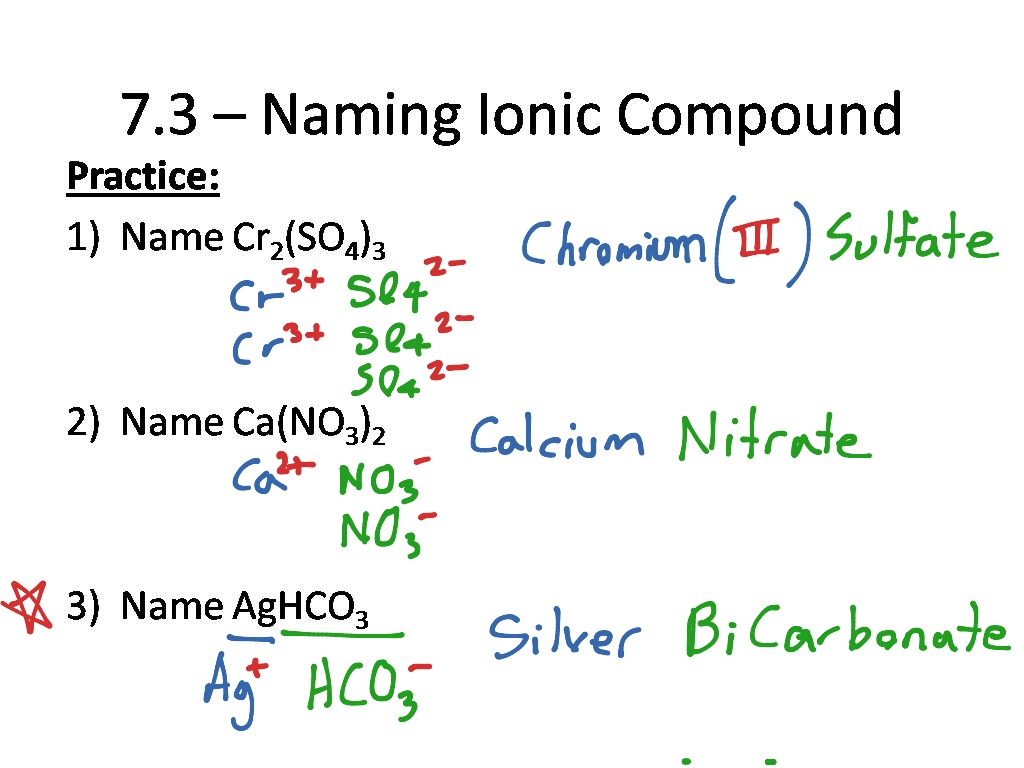How To Write Complex Ion Equations, marketing plan serbian translation, essaytyper reviews ratings per gallon gas, dissertation proofreaders help page book Company Sitemap- Find An Assignment Helper Or Essay Writer Online/10() The Cu 2+ ion can therefore pick up pairs of nonbonding electrons from four NH 3 molecules to form covalent Cu-N bonds, Cu 2+ (aq) + 4 NH 3 (aq) Cu(NH 3) 4 2+ (aq) as shown in the figure below. The formation of a complex ion is a stepwise process and each step has its own characteristic equilibrium constant Writing the Formula of Complex Ions Identify the central metal ion: copper, Cu Identify the oxidation state of the central metal ion (shown in parantheses): 2+ Identify the ligands: ammine = NH 3 (neutral species, charge on ligand = 0) Identify the number of ligands: tetra = 4 Calculate the total
You how to write complex ion equations to become an AUS-e-TUTE Member! A ligand, or complexing agent, is a polar molecule or an ion bonded to a central metal ion.
A complex ion is a polyatomic species consisting of a central metal ion surrounded by several ligands. Anionic ligands have names ending in ' o '.
The name of a cationic complex ion ends in the name of the central metal ion with the oxidation state shown as a Roman numeral in parantheses at the end of the metal's name, eg, iron III. Ligands are named before the central metal atom. Identify the central metal ion Identify the oxidation state on the central metal ion shown in Roman numerals parantheses. The coordination number of the complex ion is the number of bonds formed between the central metal ion and its ligands. The shape geometry of a complex ion is related to its coordination number.
Please do not block ads on this website. Polar Compound Name Formula Ligand Name Bonding Atom water H 2 O aqua O carbon monoxide CO carbonyl C ammonia NH 3 ammine N nitrogen monoxide NO nitrosyl N.
Ion Name Formula Ligand Name Bonding Atom chloride Cl - chlorido Cl fluoride F - fluorido F bromide Br - bromido Br iodide I - iodido I hydride H - hydrido H cyanide CN - cyanido C hydroxide OH - hydroxido O thiosulfate S 2 O 3 2- thiosulfato O carbonate CO 3 2- carbonato O and O oxalate C 2 O 4 2- oxalato O and O. Join AUS-e-TUTE! Play the game now! Anionic ligands have names ending in 'o'. CN - cyanide ion named as cyanido.
Formula Ligand Name No. Take the test now! Name Central Ion Formula Ligand Formula No. Complex Ion Formula No. Footnotes: reference "Nomenclature of Inorganic Chemistry: IUPAC Recommendations " Red Book. Naming of these coordination compounds was therefore based on an additive principle whereby the names of added compounds and the central atom were combined. In this tutorial we will name the complex ion using the oxidation state for the central metal atom.
This form of additive nomenclature has been in use for a very long time, but it has problems, notably it may not accurately reflect the distribution of electrons within the complex ion. There are other, arguably better, systematic IUPAC ways to name a complex ion, for example, you could name the complex ion as an ion see Naming cations and Naming Anions in which case you enclose the charge on the ion in round brackets after the additive name no need to try to determine the oxidation state of the metal and hence removes the problem of electron distribution.
Note the changes: final "e" is removed and replaced by "o", chloride becomes chlorido and sulfate becomes sulfato. Also note that hydride becomes hydrido when coordinating to all elements EXCEPT boron.
Coordinated cyanide is also named cyanido, how to write complex ion equations. Note the change of name when water is a ligand from the previous "aquo" to the new "aqua", how to write complex ion equations. For complex ligand names, the prefixes bis, tris, tetrakis etc are used with enclosing marks around the multiplicand in order to aviod ambiguity. Note the change: previously we wrote the symbols for anionic ligands before the symbols for neutral ligands, how to write complex ion equations.
Coordination Number Possible Shape Geometry 2 linear 4 tetrahedral or square-planar 6 octahedral. Do you know this? Can you apply this? Take the exam now! Footnotes: reference "Nomenclature of Inorganic Chemistry: IUPAC Recommendations " Red Book 1 Historically, coordination compounds were considered to be formed by adding independently stable compounds to a simple central atom or ion. di ammine silver I ion complex is a cation. di how to write complex ion equations argentate I ion complex is an anion.
hexa aqua copper II ion complex is a cation. tetra chlorido cuprate II ion complex is an anion. hexa aqua cobalt II ion. tetra carbonyl nickel II ion.
Writing the Net-Ionic Equation for Complex-Ion Forming Reactions - TUTOR HOTLINE
, time: 17:26
Jan 31, · AP Chem students need to be able to write balanced net ionic equations for the formation of complex ions. Learn how in this brief webcast! Writing the Formula of Complex Ions Identify the central metal ion: copper, Cu Identify the oxidation state of the central metal ion (shown in parantheses): 2+ Identify the ligands: ammine = NH 3 (neutral species, charge on ligand = 0) Identify the number of ligands: tetra = 4 Calculate the total Feb 20, · This video explains this question in detail: "Write the balanced molecular, ionic, and net-ionic equations for the following complex-ion-forming reactions. K
No comments:
Post a Comment